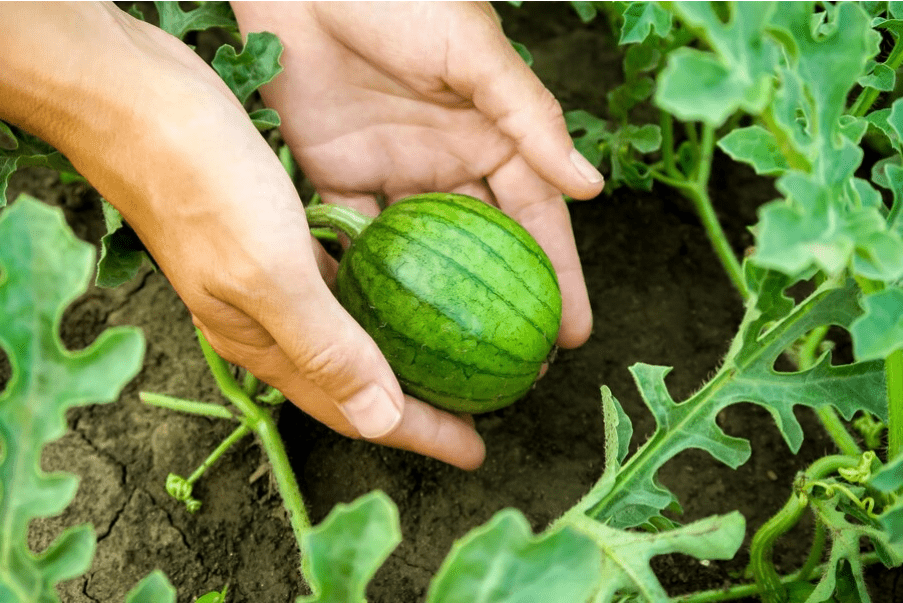
Planting Potential: Harnessing the Power of Watermelon Seeds for Growth
If you’re looking to savor the delicious flavor of homegrown watermelon this summer, it’s important to start by planting the seeds properly. With the right guidance and techniques, you’ll be able to cultivate your own succulent watermelon in no time!
Planting watermelon seeds is the first step to growing your own juicy, delicious watermelon at home. With the proper techniques and guidance, you can cultivate your own succulent watermelon in no time. From choosing the right seeds to providing the ideal growing conditions, this ultimate guide will help you achieve the perfect homegrown watermelon that you can savor all summer long.
Table of Contents
ToggleImportance of watermelon seeds in gardening
Watermelon seeds are an essential part of gardening as they are the starting point for growing your own delicious watermelon. By choosing high-quality seeds and planting them properly, you can ensure a successful and fruitful harvest. Watermelon seeds are crucial for ensuring a healthy and thriving watermelon plant, and with the right care and attention, you can enjoy the juicy and flavorful fruits of your labor. So don’t overlook the importance of watermelon seeds in your gardening endeavors, as they are the key to growing your own delicious watermelon at home.
Preview of what will be covered in the article
In this article, we will cover everything you need to know about planting watermelon seeds. From choosing the right seeds to providing the ideal growing conditions, we will provide you with the ultimate guide to growing your own juicy, delicious watermelon at home. Whether you are a seasoned gardener or a beginner, this guide will give you the knowledge and techniques you need to cultivate a successful and fruitful harvest of homegrown watermelon. So get ready to learn the secrets to growing the perfect watermelon this summer!
Understanding Watermelon Seeds
1. Anatomy of a watermelon seed
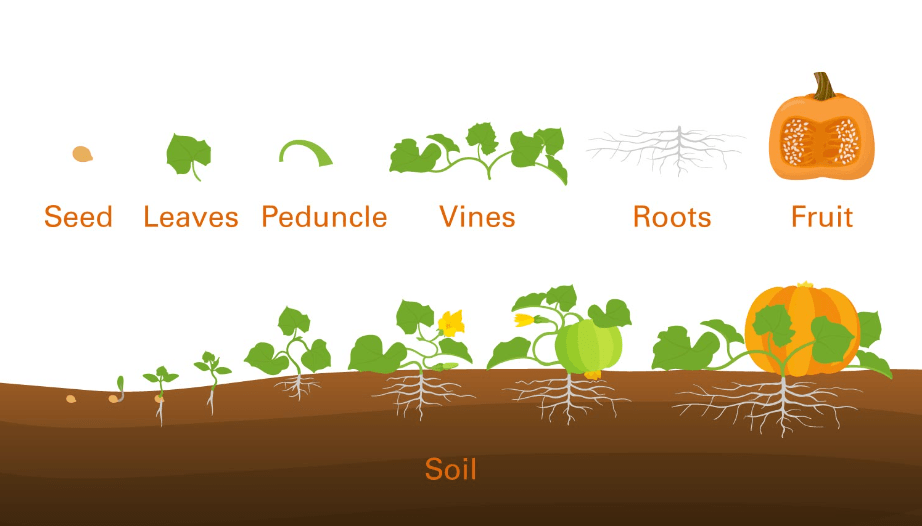
The anatomy of a watermelon seed is simple yet fascinating. The hard outer shell of the seed protects the delicate embryo inside. This embryo contains everything needed to grow into a healthy watermelon plant, including the genetic information and nutrients it needs to sprout and develop. The seed also contains a small amount of stored food to help the plant get off to a good start. It’s incredible to think that everything needed to grow a thriving watermelon plant is packed into such a tiny seed. Understanding the anatomy of a watermelon seed is the first step in successfully planting and growing your own watermelon at home.
2. Varieties of watermelon seeds available for planting
There are many varieties of watermelon seeds available for planting, each with its own unique flavor, size, and color. Some popular varieties include Sugar Baby, Crimson Sweet, and Charleston Gray. It’s important to choose the right variety for your specific growing conditions and preferences. Some seeds are best for warmer climates, while others are more suited to cooler temperatures. Additionally, consider the size and taste of the watermelon you want to grow, as different varieties will produce different results. No matter which variety you choose, be sure to follow the planting and care instructions to ensure a successful and delicious watermelon harvest.
3. Factors to consider when choosing watermelon seeds for planting
Include the climate and growing conditions in your area. Different varieties of watermelon seeds thrive in different climates, so it’s important to choose seeds that are suitable for your specific region. Additionally, consider the size and taste of the watermelon you want to grow, as different varieties will produce different results. Some seeds are best for warmer climates, while others are more suited to cooler temperatures. It’s also important to consider the space you have available for growing watermelons, as some varieties require more room to spread out than others. Lastly, make sure to follow the planting and care instructions for the specific variety of watermelon seeds you choose to ensure a successful and bountiful harvest. By taking these factors into account, you can select the perfect watermelon seeds for planting and enjoy a delicious homegrown crop.
Preparing for Planting
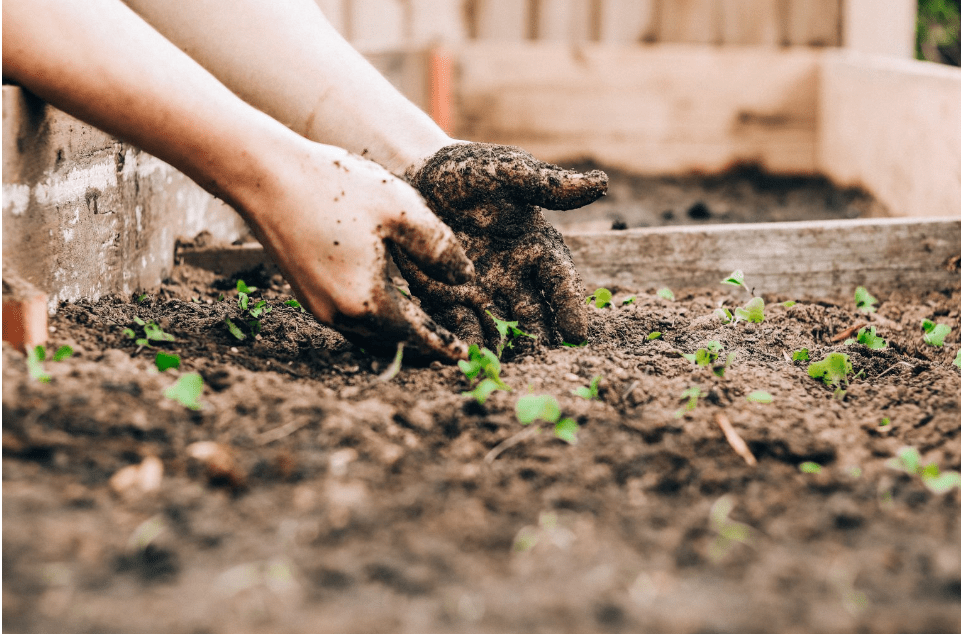
1. Selecting the right location for planting watermelon seeds
Selecting the right location for planting watermelon seeds is crucial to ensure a successful harvest. Consider the climate and temperature of your region and choose seeds that are best suited for those conditions. Watermelon plants thrive in warm, sunny environments, so choose a location with plenty of sunlight. Additionally, ensure that the soil is well-drained and fertile to support healthy plant growth. It’s also important to consider the space available for planting, as watermelon vines require ample room to spread out. When preparing the soil, incorporate organic matter such as compost or aged manure to improve fertility and provide essential nutrients for the plants. Once the location is chosen and the soil prepared, follow the planting instructions for the specific variety of watermelon seeds chosen to ensure optimal growth and a successful harvest. With the right location and proper care, you can enjoy a bountiful harvest of delicious homegrown watermelons.
2. Soil preparation techniques for optimal growth
Soil preparation techniques for optimal growth are essential for ensuring healthy and thriving plants. Start by testing the pH level of the soil to determine if any necessary amendments need to be made. Incorporating organic matter such as compost, aged manure, or mulch into the soil can improve its fertility and structure, providing essential nutrients for plant growth. Consider the specific nutrient requirements of the plants you intend to grow and add any necessary fertilizers or amendments to the soil. It’s also important to ensure that the soil is well-drained to prevent waterlogging, which can hinder plant growth. Additionally, consider the planting depth and spacing recommendations for the specific crops you plan to grow to optimize their growth and yield. By taking these soil preparation techniques into account, you can create an optimal environment for your plants to flourish and thrive.
3. Tools and equipment needed for planting watermelon seeds
Include a garden hoe or trowel for making rows and digging holes, a seed planter for accurate seed placement, a watering can or hose for irrigation, and a rake for covering the seeds with soil. Additionally, having a soil thermometer to monitor soil temperature and a pH tester to ensure the soil conditions are suitable for watermelon growth is important. It’s also helpful to have gardening gloves and knee pads for comfort and protection while working in the garden. These tools and equipment will help make the process of planting watermelon seeds more efficient and effective.
Planting Watermelon Seeds
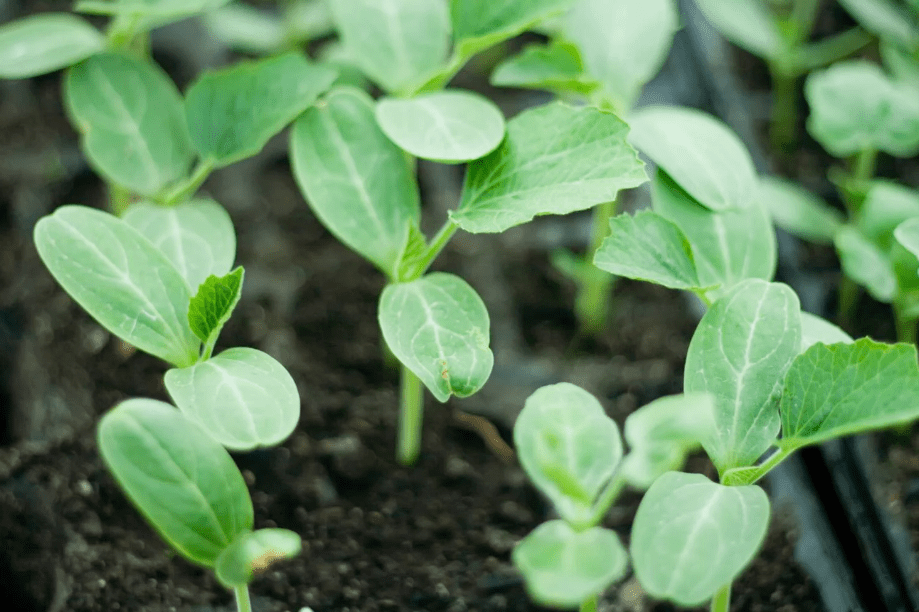
A. Step-by-step guide to planting watermelon seeds
1. Choose a suitable location:
Select a sunny spot with well-draining soil for planting watermelon seeds. Make sure the area has at least 6-8 hours of sunlight per day.
2. Prepare the soil:
Use a garden hoe or trowel to loosen the soil and remove any debris, such as rocks and weeds. Add organic matter, such as compost or aged manure, to improve the soil’s fertility and structure.
3. Create rows:
Use a garden hoe to create rows in the soil, spaced about 6 feet apart. Make sure to leave enough space between the rows for the watermelon vines to spread out.
4. Plant the seeds:
Use a seed planter or your fingers to plant the watermelon seeds about 1 inch deep into the soil, with 3-4 seeds per hill. Watermelon seeds require warm soil temperatures to germinate, so make sure the soil is at least 70°F before planting.
5. Water the seeds:
Use a watering can or hose to gently water the seeds immediately after planting. Keep the soil consistently moist but not waterlogged to encourage seed germination.
6. Cover the seeds:
Use a rake to lightly cover the seeds with soil, ensuring they are not buried too deeply. This will protect the seeds and provide a cozy environment for germination.
7. Provide support:
As the watermelon vines grow, consider using trellises or supports to keep the fruit off the ground and prevent rot.
8. Monitor and care for the plants:
Keep an eye on the soil moisture and provide regular, deep watering as the plants grow. Mulch around the base of the plants to retain moisture and suppress weeds. Additionally, consider the planting depth and spacing recommendations for the specific crops you plan to grow to optimize their growth and yield. By taking these soil preparation techniques into account, you can create an optimal environment for your plants to flourish and thrive.
B. Tips for spacing and depth of planting
When planting your seeds, it’s important to make sure they are not buried too deep in the soil. Use a rake to lightly cover the seeds with soil, ensuring they are not buried too deeply. This will protect the seeds and provide a cozy environment for germination. As the watermelon vines grow, consider using trellises or supports to keep the fruit off the ground and prevent rot. It’s also important to monitor and care for the plants by keeping an eye on the soil moisture and providing regular, deep watering as the plants grow. Mulch around the base of the plants to retain moisture and suppress weeds. Additionally, consider the planting depth and spacing recommendations for the specific crops you plan to grow to optimize their growth and yield. By taking these soil preparation techniques into account, you can create an optimal environment for your plants to flourish and thrive.
C. Best practices for watering newly planted seeds
Include using a gentle watering method to avoid disturbing the seeds and providing consistent moisture for germination. It’s important to water the seeds thoroughly after planting and then continue to monitor the soil moisture to ensure the seeds have the ideal conditions for growth. One helpful tip is to water the soil deeply but less frequently, rather than shallow, frequent watering, to encourage deep root growth and drought resistance. Additionally, consider the time of day for watering, as early morning or late afternoon are the best times to reduce water loss due to evaporation. By following these best practices, you can give your newly planted seeds the best chance of success and ensure they develop into healthy, thriving plants.
Caring for Watermelon Seedlings
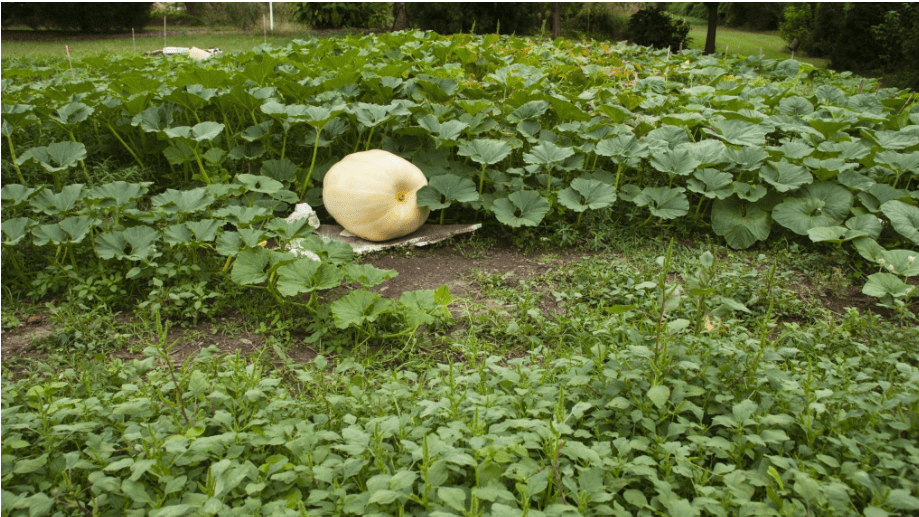
A. Understanding the germination process
Germination process is crucial for successful plant growth. Germination is the process by which a seed begins to sprout and grow into a new plant. It requires the right combination of moisture, warmth, and oxygen. When planting seeds, it’s important to ensure that they are placed in soil that is well-draining and free of any obstacles that may hinder the germination process. By providing the seeds with the proper environment, you can facilitate the germination process and give your plants the best chance at thriving. As the seeds begin to germinate, it’s important to continue providing them with the right conditions for growth, including adequate moisture and sunlight. By understanding the germination process and implementing best practices for soil preparation and watering, you can set the stage for successful plant growth.
B. Techniques for supporting seedling growth
include providing proper watering, sunlight, and nutrients. Watering seedlings can be tricky, as too much or too little water can hinder their growth. It’s important to keep the soil consistently moist, but not waterlogged. This can be achieved by watering the seedlings from the bottom or using a spray bottle to avoid over-watering. Additionally, providing the seedlings with ample sunlight is crucial for their growth. Placing them in a sunny location or using grow lights can help them develop strong stems and leaves. Furthermore, seedlings will benefit from being fed with a balanced fertilizer to ensure they have the nutrients they need to thrive. By implementing these techniques, you can support the growth of your seedlings and set them up for success as they continue to mature into healthy plants.
C. Common challenges and how to address them
When it comes to caring for seedlings, there are a few common challenges that you may encounter. One of these challenges is watering. It can be tricky to find the right balance, as too much or too little water can hinder the growth of your seedlings. The key is to keep the soil consistently moist, but not waterlogged. This can be achieved by watering the seedlings from the bottom or using a spray bottle to avoid over-watering. Another challenge is providing enough sunlight. Seedlings need ample sunlight to develop strong stems and leaves. Placing them in a sunny location or using grow lights can help them thrive. Additionally, feeding your seedlings with a balanced fertilizer will ensure they have the nutrients they need to grow into healthy plants. By addressing these common challenges, you can set your seedlings up for success as they continue to mature.
Frequently asked question and answer
The best time to plant watermelon seeds is in the spring, after the last frost has passed and the soil has warmed up to at least 70°F.
Watermelon seeds should be planted about 1 inch deep in the soil.
Space the watermelon seeds about 3-5 feet apart in rows that are 6-8 feet apart. This allows the vines to spread out and have enough room to grow.
Yes, watermelon plants need a lot of water, especially during the flowering and fruit-setting stage. Make sure to water them consistently and deeply to ensure proper growth.
Watermelon seeds typically germinate within 7-10 days if the soil temperature is around 80°F.
Yes, you can grow watermelon in a large container, but make sure it has enough space for the vines to spread out. Choose a dwarf or bush variety for best results in a container.
You can tell when a watermelon is ready to harvest by thumping it and listening for a deep, hollow sound. The bottom of the watermelon should also have a creamy yellow spot.
Common pests and diseases that affect watermelon plants include aphids, cucumber beetles, powdery mildew, and fusarium wilt. It’s important to monitor the plants and take preventive measures to protect them from these issues.
